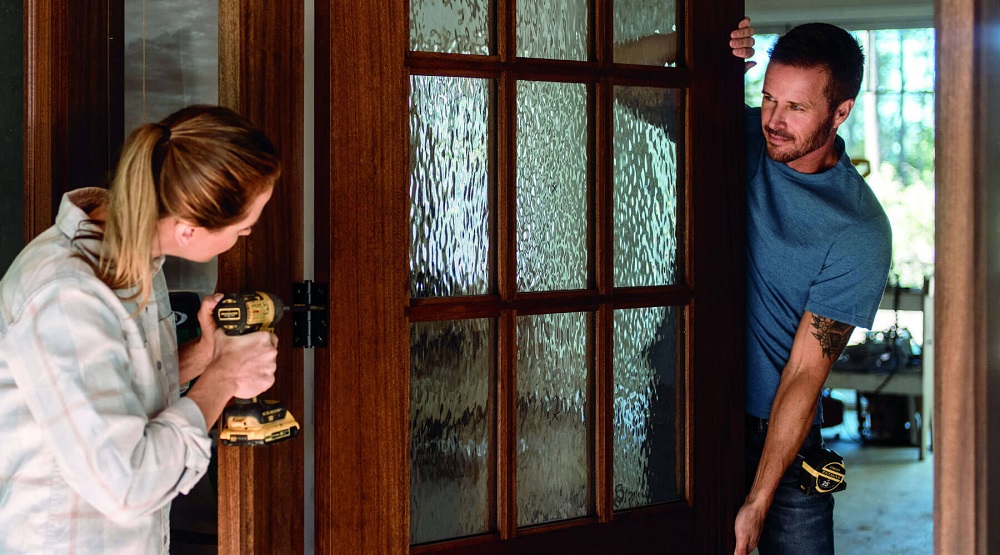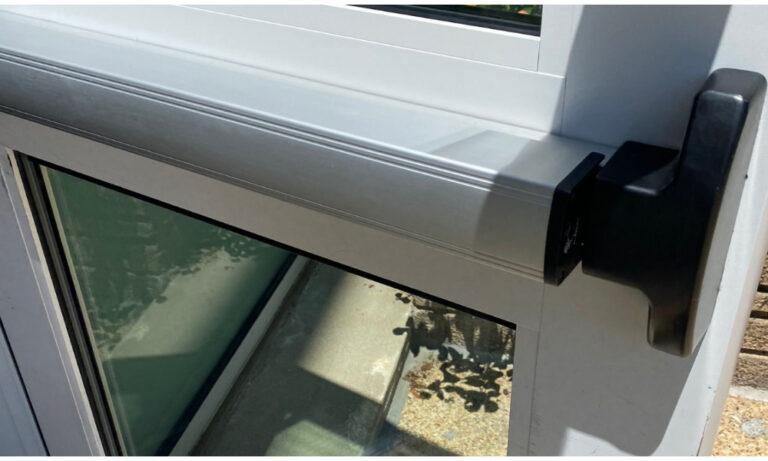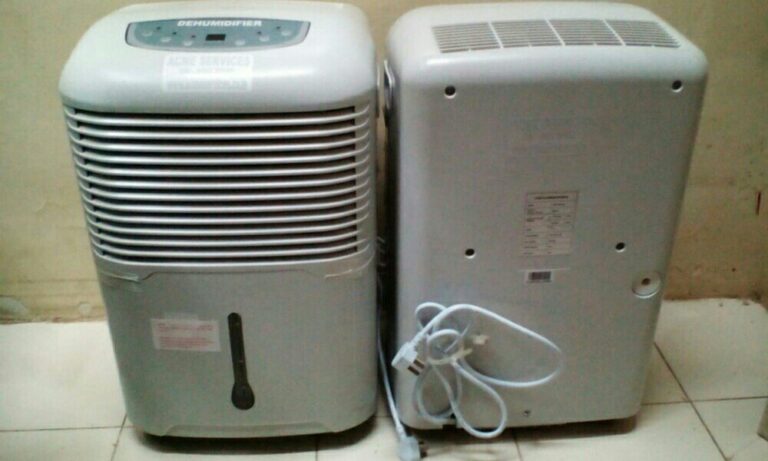
Windows are the eyes of your home, providing light, warmth, and a view of the outside world. But when they become outdated or damaged, they can also be a source of energy inefficiency and security concerns. That’s when windows installation becomes an essential home improvement project.
Understanding the process of window installation can seem overwhelming at first. There are countless materials to choose from, various installation methods to consider, and ongoing maintenance requirements to keep in mind. This article simplifies the process and gives you the knowledge you need to make informed decisions.
Material Selection: From Vinyl to Custom Windows
Selecting the right material for your windows is crucial. The materials you choose will determine the look of your windows and their performance and longevity.
Vinyl Windows
Vinyl windows are an excellent choice for those seeking durability, energy efficiency, and affordability. They’re made from a type of plastic called PVC, known for its insulating properties. Vinyl windows also require minimal maintenance, as they resist fading, rotting, and peeling.
Wood Windows
Wood windows offer a classic, timeless aesthetic that many homeowners love. They can be stained or painted to match your home’s design and offer excellent insulation. However, wood windows require more maintenance than vinyl ones, as they can warp or rot if not properly cared for.
Aluminum Windows
Aluminum windows are known for their strength and thin frames, allowing for a greater glass surface area. They’re also corrosion-resistant, making them a good choice for coastal areas. However, they’re less energy-efficient than vinyl or wood windows.
Custom Windows
Custom windows may be the ideal choice for those seeking a unique look. These windows can fit any size or shape, allowing you to create a truly unique design. They can also be made from a combination of materials to meet your needs and preferences.
The Window Installation Process: Step by Step
Once you’ve chosen your window material, the installation process is next. This involves several steps:
- Measurement: The first step in the window installation process is to measure the space where the new window will go. This is crucial to ensure the new window fits perfectly.
- Removal of Old Window: The old window is carefully removed to avoid damaging the surrounding wall.
- Installation of New Window: The new window is fitted into the opening. It’s secured with screws, and any gaps are sealed with insulating foam to prevent drafts.
- Finishing Touches: The final step involves adding finishing touches, such as trim or painting.
The entire process is usually completed in a day, but it can take longer for larger projects or more complicated window types.
Window Aftercare: Ensuring Longevity and Efficiency
Aftercare is essential to ensure your windows remain efficient and look great for years. Here are some tips to keep in mind:
- Cleaning: Regular cleaning will keep your windows looking their best. Use a soft cloth and a gentle cleaning solution to avoid scratching the glass or damaging the frame.
- Inspection: Regularly inspect your windows for signs of damage or wear. This includes checking for drafts, condensation between the panes, or any signs of rot or corrosion on the frames.
- Maintenance: Depending on the material of your windows, some maintenance may be necessary.







